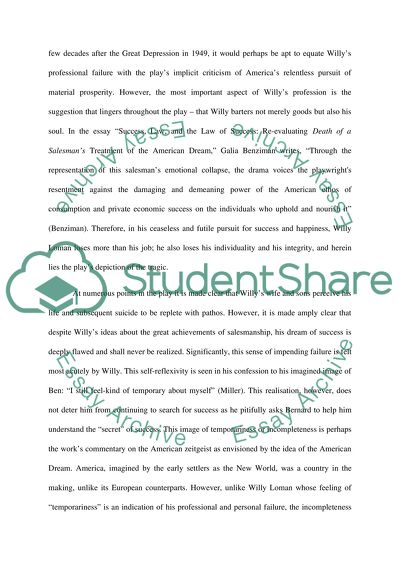Cite this document
(“A study of Arthur Millers Death of a Salesman as a modern tragedy Research Paper”, n.d.)
Retrieved from https://studentshare.org/literature/1454094-a-study-of-arthur-millers-death-of-a-salesman-as-a-modern-tragedy
Retrieved from https://studentshare.org/literature/1454094-a-study-of-arthur-millers-death-of-a-salesman-as-a-modern-tragedy
(A Study of Arthur Millers Death of a Salesman As a Modern Tragedy Research Paper)
https://studentshare.org/literature/1454094-a-study-of-arthur-millers-death-of-a-salesman-as-a-modern-tragedy.
https://studentshare.org/literature/1454094-a-study-of-arthur-millers-death-of-a-salesman-as-a-modern-tragedy.
“A Study of Arthur Millers Death of a Salesman As a Modern Tragedy Research Paper”, n.d. https://studentshare.org/literature/1454094-a-study-of-arthur-millers-death-of-a-salesman-as-a-modern-tragedy.


